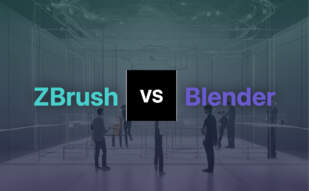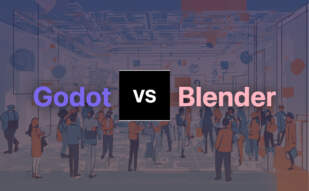While Blender offers advanced capabilities for 3D animations and VR, it presents a steeper learning curve and resource requirements. Juicers, specifically cold-press types, deliver nutritional benefits and simplicity, ideal for health-conscious users. Your choice should align with intended use: highly technical and visual application development or health and ease-of-use.

Key Differences Between Blender and Juicer
- Coding: Blender requires knowledge in C, C++, or Python while operating a Juicer does not require coding skills.
- Application: Blender is for creating 3D animations, virtual reality applications; Juicer is for extracting nutritious juice from fruits and vegetables.
- Noise and Size: Blender, a software, operates silently and is space-efficient; a centrifugal Juicer can be noisy and bulky.
- Health Benefits: Blender does not directly offer health benefits whereas Juicer extracts nutrient-dense juices.
| Comparison | Blender | Juicers |
|---|---|---|
| Type of Technology | 3D Computer Graphics Software | Appliance for Extracting Juice |
| Purpose | Animation, Visual Effects, Art, 3D Models, Motion Graphics, Interactive 3D Apps, Virtual Reality | Extract Fresh, Highly Nutritious Juice |
| Model Comparison | Various Versions over Time | Centrifugal vs Masticating |
| Main Features | 3D Modelling, UV Mapping, Texturing, Digital Drawing, Raster Graphics Editing, Rigging and Skinning, Animation, Rendering, Video Editing | Separates Skin, Pulp, Pips; Ability to Use Unpeeled Produce; Yield and Foam Output Vary by Model |
| Product Size | 193-305 MiB | Varies |
| Development Model | Open-source; Community-driven | Varies by Company |
| Availability | Free | Paid; Price Varies by Model |
What Is Blender and Who’s It For?
Blender is a versatile 3D computer graphics software tool set that provides a free and open-source platform. Catering to a vast array of creative needs, it is apt for animation studios, visual effects artists, graphic designers, and VR enthusiasts. Since its debut in 1994, Blender’s extensive feature set, including 3D modelling, fluid simulation, animation, rendering, and more, has positioned it as a powerful tool in media industries.
Blender is ideal for professionals and hobbyists alike. Whether you’re into animated films, 3D applications, or visual effects, the platform’s community-driven development grants access to the latest rigging and rendering capabilities.
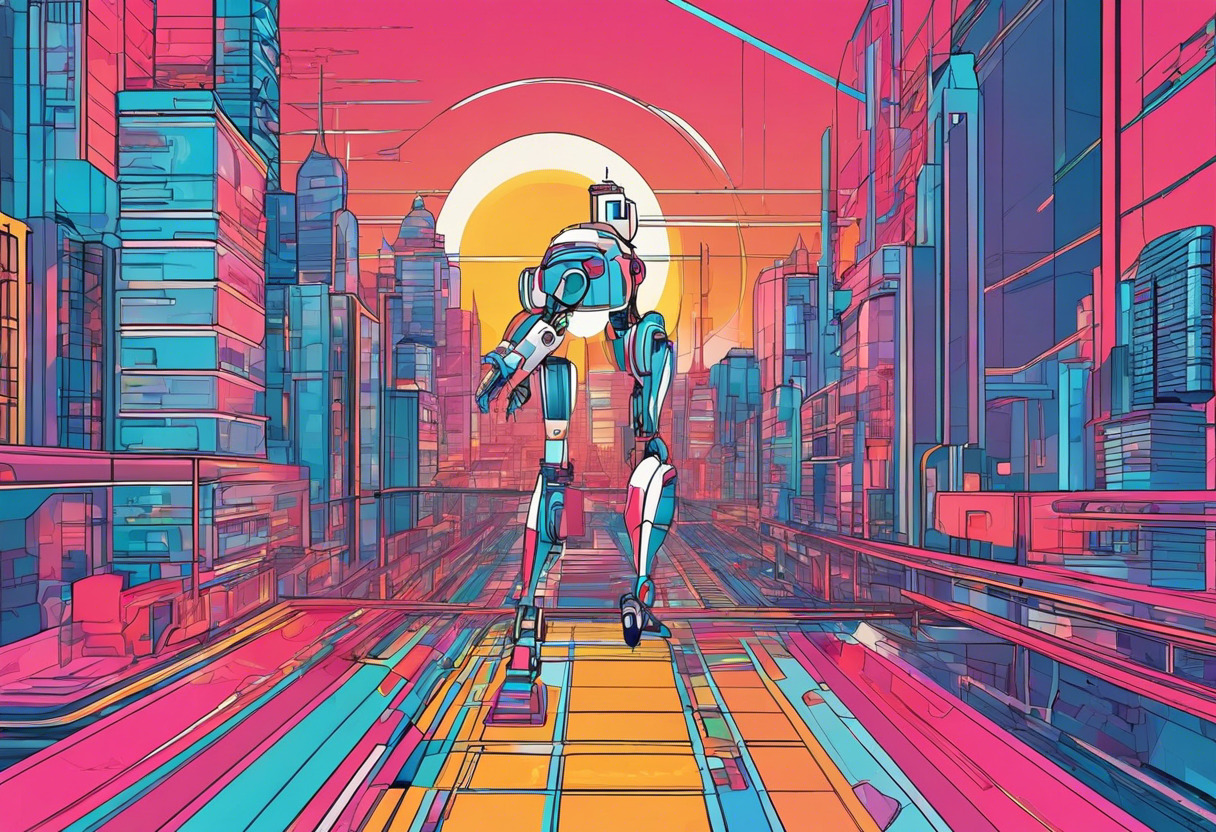
Pros of Blender
- Free and open-source
- Extensive tool set for 3D graphics
- Community-driven development
- Comprehensive import/export file format support
Cons of Blender
- Complexity can be intimidating for beginners
- Some features deprecated in recent releases
- Requires powerful machine for advanced graphics
What Is Juicer and Who’s It For?
A juicer provides a simple, efficient way to extract highly nutritious juice from fresh produce. Whether it’s Nama J2 Cold Press or Omega H3000D Cold Press, these appliances are a boon for healthy food enthusiasts and culinary connoisseurs alike. Juicers offer varying yields, noise levels, and user-friendliness, catering to different needs and preferences.
If you’re devoted to a healthy lifestyle, interested in enhancing your kitchen’s capabilities, or seeking to streamline your juice-making practice, a modern juicer can be your perfect companion. Within this realm, one can find masticating juicers offering high yield, low foam, and silent operation, or centrifugal models promising speed and simplicity.
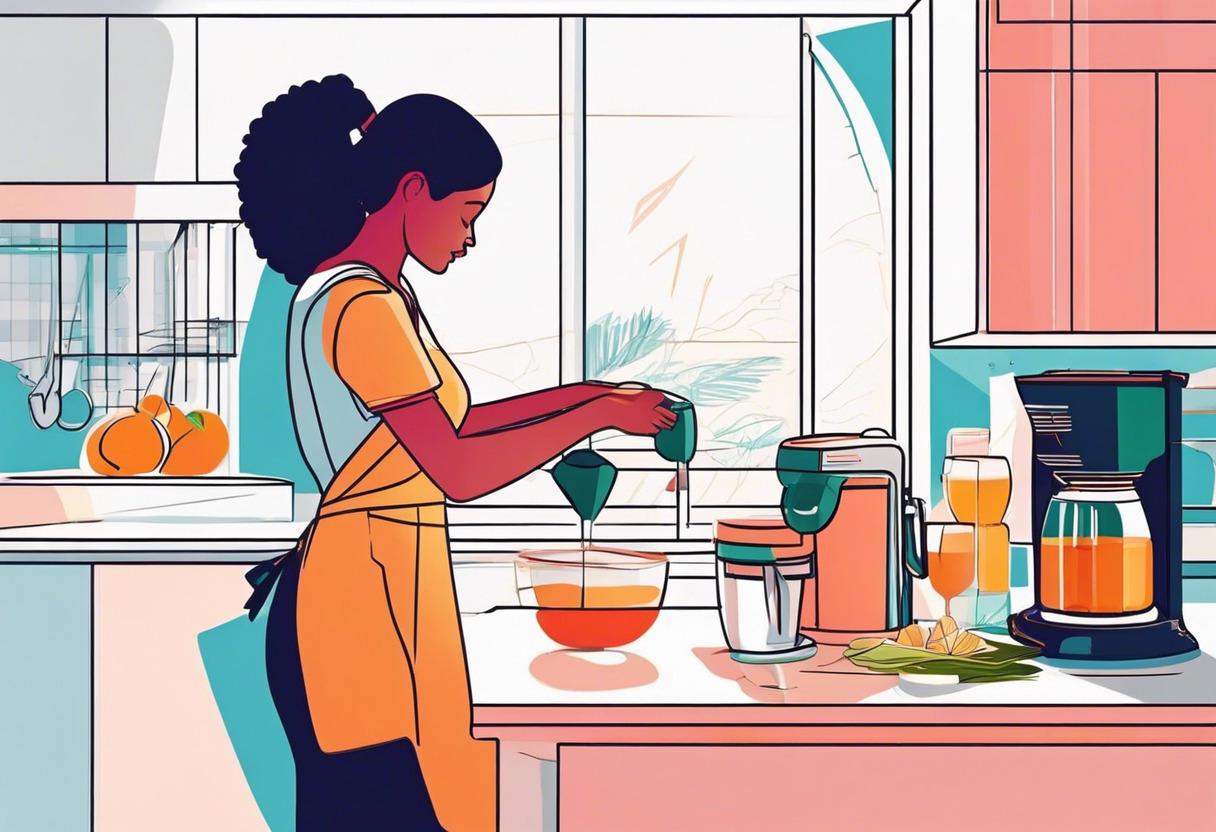
Pros of Juicer
- Enhances nutritional intake
- Variety of models for different preferences
- Easy maintenance and cleaning
- Efficient juice extraction with minimal waste
Cons of Juicer
- Quality models can be expensive
- May require considerable kitchen space
- Noisy operation in some models
The Ultimate Verdict: Blender vs Juicer
After thorough comparison, it’s time to determine which technology wins for you. Let’s evaluate the contenders across different developer categories.
The 3D Design Aficionados
If you’re a developer deeply vested in 3D design creation and animation, your ultimate pick would be Blender. Blender’s vast features encompassing 3D modelling, rendering, and rigging among others, lend it a distinctive advantage.
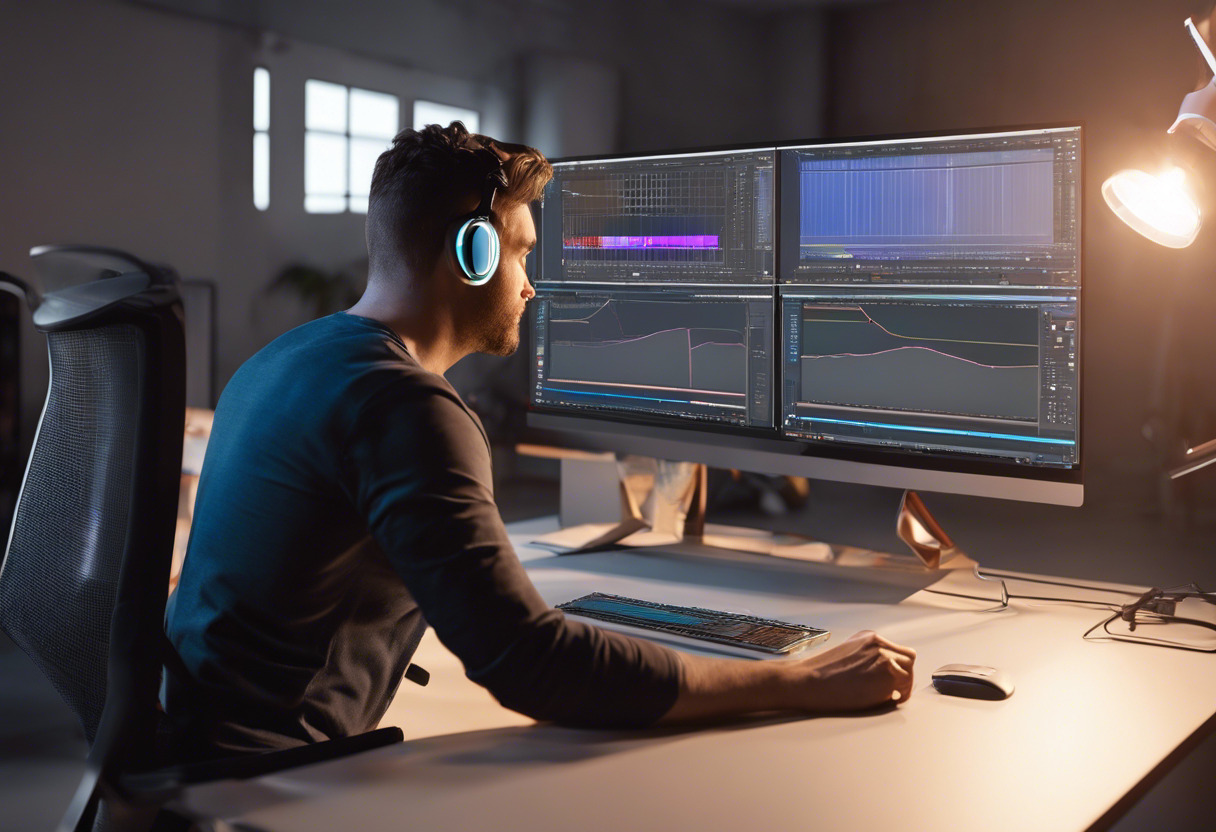
The Health and Wellness Tech Architects
Building innovative health and wellness solutions that embed juice or extract processing? Juicer becomes an irresistible choice. From health-oriented developers to machine learning mavericks working with nutritional data, the dynamic specifications of a juicer can prove paramount.

The VR/AR Visionaries
For those entering the frontier of Virtual Reality or Augmented Reality, the decisive tool is undeniably Blender. With its support for VR applications, coupled with its open-source nature, it brings forth unlimited possibilities for VR/AR innovation.
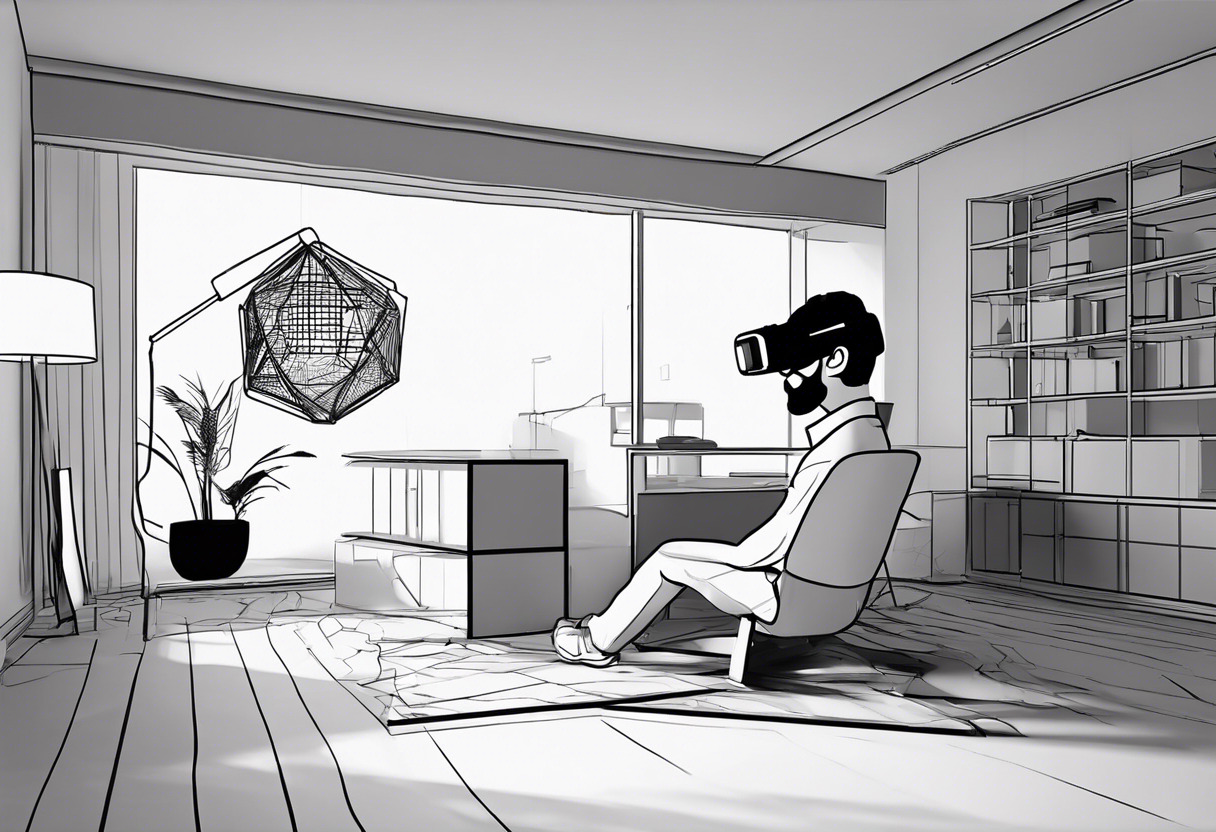
The Budding Researchers aspiring for Longevity Tech
For developers aiming to reshape the future of longevity and age-tech, Juicer with its nutrient-prompting capabilities can provide a basis for extracting age-supporting formulations.
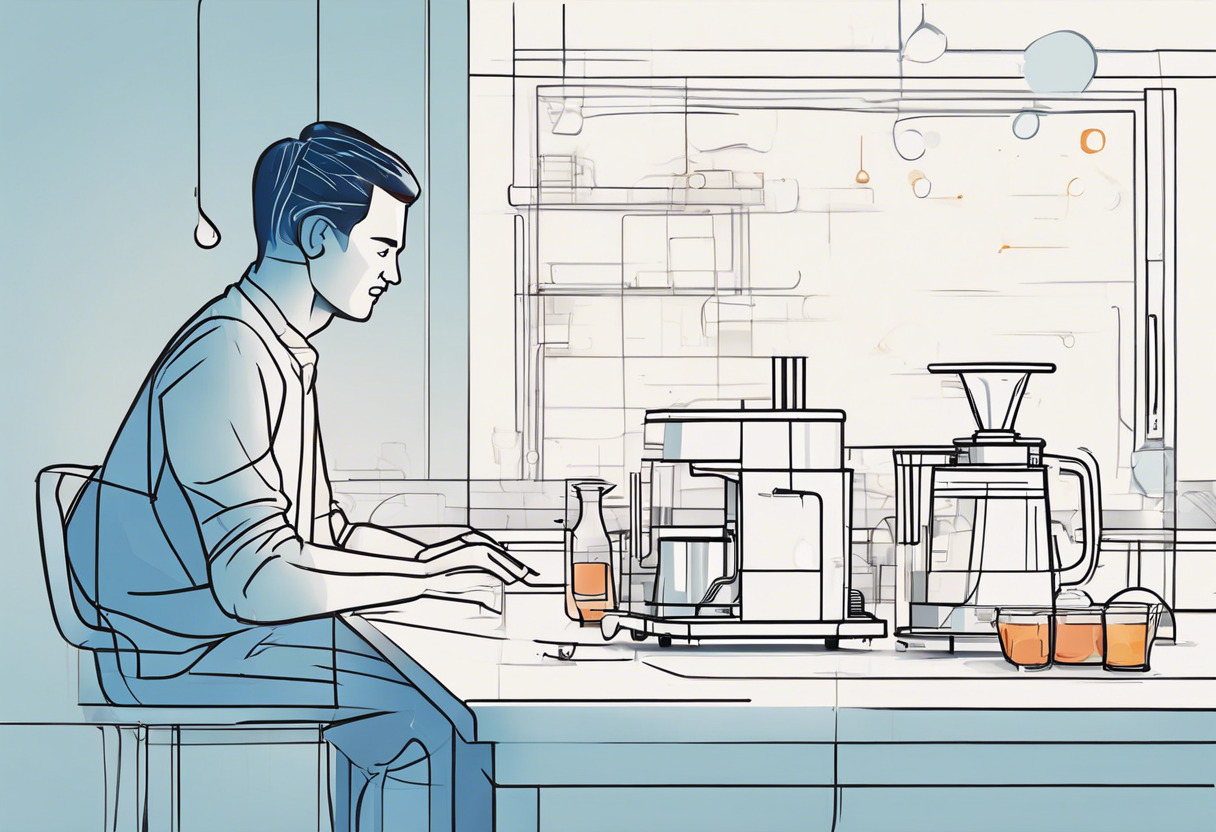
The crux of Blender vs Juicer teeters on your aim. Blender, with its 3D graphics and VR capabilities, is ideal for high-level design projects. However, Juicer, promising healthiness and longevity, cater for health-based solution developers.
Logan Bellbrook
Content writer @ Aircada with a knack for nature & AR/VR/XR. Blogging the intersection of tech & terrain.




